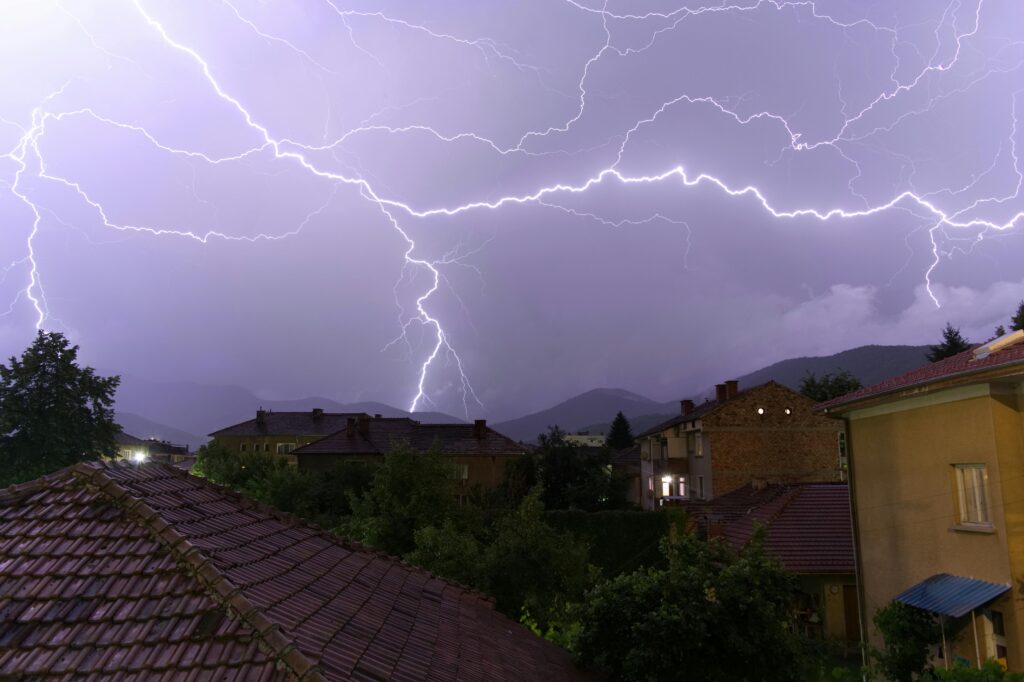Understanding Natural Disasters
Natural disasters encompass a range of extreme weather events that can cause significant damage to property and pose threats to human safety. Understanding the nature of these disasters, including hurricanes, floods, wildfires, and tornadoes, is crucial for effective preparedness and response.
For instance, hurricanes can lead to extensive flooding and wind damage, while wildfires can rapidly spread, threatening homes and lives. By familiarizing yourself with the characteristics and potential impacts of various natural disasters, you can better prepare yourself and your family for emergency situations.
Emergency Preparedness Plans
Creating an emergency preparedness plan is essential for ensuring the safety of your family during a natural disaster. This plan should outline specific steps to take before, during, and after a disaster strikes, including communication strategies and evacuation routes.
For example, your plan might include assembling an emergency kit with essential supplies like water, non-perishable food, medications, and important documents. Regularly reviewing and practicing your emergency plan can significantly enhance your family's readiness and confidence in facing unexpected situations.
Post-Disaster Recovery Steps
After a natural disaster, recovery can be a long and challenging process. Knowing the steps to take can help you restore your home and life more effectively. This includes assessing damage, contacting insurance providers, and beginning the cleanup process safely.
For instance, documenting damage with photos and keeping records of all communications with insurance companies can facilitate claims processing. Additionally, seeking professional restoration services can ensure that your home is safe and habitable, allowing you to focus on rebuilding your life.
Community Resources for Disaster Preparedness
Local communities often provide valuable resources and support for disaster preparedness. These resources can include training programs, workshops, and informational materials that equip residents with the knowledge and skills needed to respond effectively to emergencies.
For example, many communities offer free classes on first aid, CPR, and emergency response techniques. Engaging with local organizations, such as the Red Cross or community emergency response teams, can also foster a sense of community resilience and preparedness in the face of disasters.

